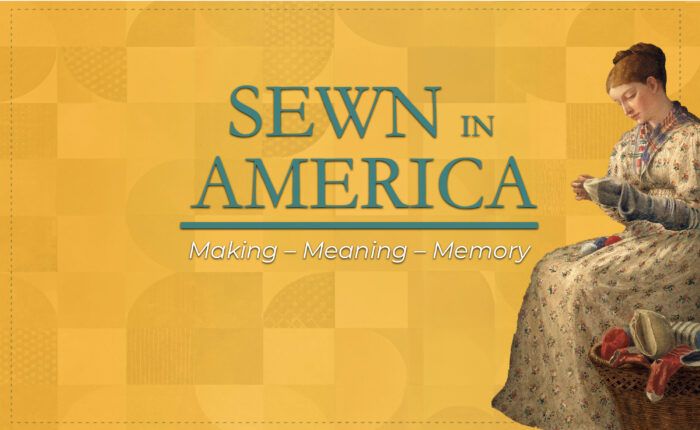
If you are planning a trip to our nation’s capital, why not make time for a a sewing-related excursion? At the Daughters of the American Revolution (DAR) Museum in Washington, D.C., you can explore the fascinating exhibition Sewn in America: Making — Meaning — Memory.
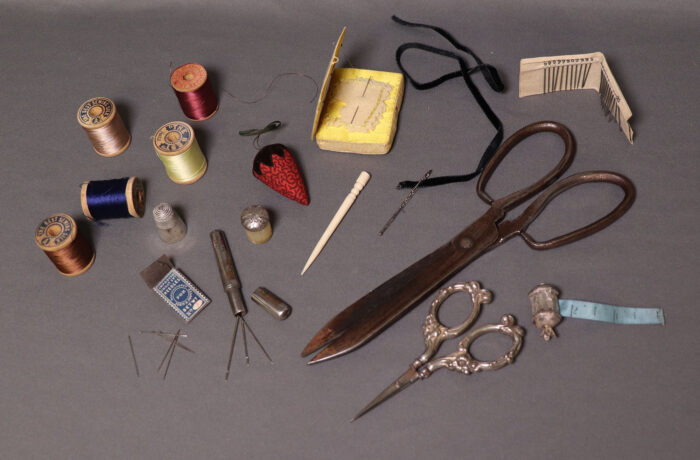
–
Discover the History of Sewing
Sewn in America takes visitors on a journey through the history of the craft, from the mid to late 1700s to contemporary times. The exhibit features a diverse collection of historical garments, textiles, sewing tools, and personal narratives. You’ll learn how sewing has shaped American women’s lives, influenced gender roles, and played a part in professions ranging from dressmaking and tailoring to factory work.
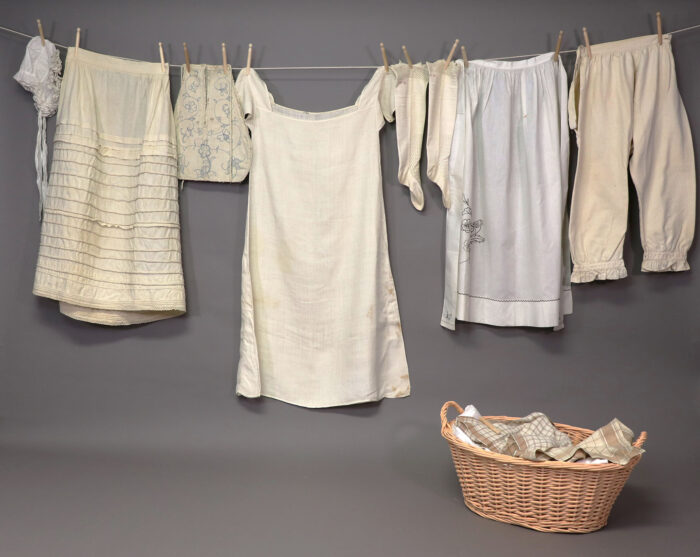
By displaying garments, quilts, and embroideries from the 18th century to today, the exhibition highlights how women from different backgrounds have used sewing to express emotions, identity, and as a force for benevolence and justice. The items showcase craftsmanship and artistic expression, and they demonstrate the practical necessity and creative outlet sewing provided then—and still does today!
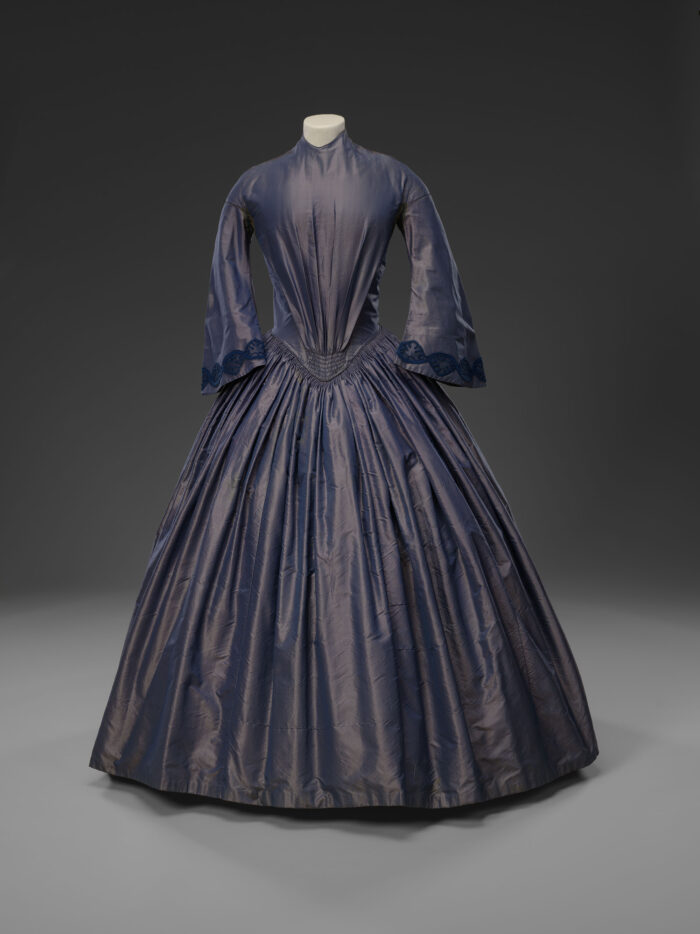
Exhibit Highlights
The exhibition is divided into three sections, each offering a unique perspective on the world of sewing.
Mastering the skills: This section explores the generational transmission of sewing skills. In the 18th and 19th centuries, sewing was a crucial part of women’s education, with girls learning by creating items like doll clothes and samplers. You’ll see how these early lessons laid the foundation for a lifetime of sewing.
Exhibition curator Alden O’Brien explains that sewing was a constant in women’s lives during this period. “Every woman knew how to sew,” she says in a recorded discussion of the exhibit. “It was as important as the ABCs.” She explains that hand sewing was an almost never-ending task, as women were responsible for making the household’s linens from bedsheets to towels. Plus, every family member’s clothing, including underwear, needed to be hand sewn and mended repeatedly, as they were not purchased.
Making: Discover the evolution of sewing techniques and technologies. This part of the exhibition illustrates the progression from sewing most family clothing by hand to the modern era of sewing by machine and with the help of commercial patterns. You’ll gain insight into how technological advances transformed sewing from a labor-intensive necessity to an accessible and efficient activity.
Meanings: Delve into the symbolism and cultural significance of sewing. This section examines how sewing has been used to convey personal and collective identities. For example, a quilt made by a Hawaiian woman might feature traditional motifs that reflect her heritage. You’ll see how sewing projects have served as a medium for storytelling, heritage preservation, and social commentary.
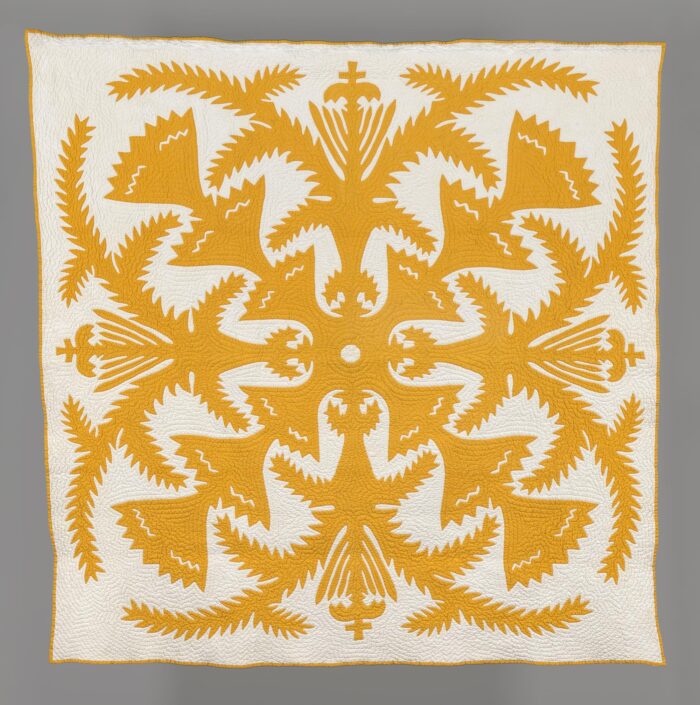
Celebrating Creativity and Resilience
Sewn in America pays tribute to the contributions of women and various communities to the sewing tradition, celebrating their creativity and resilience. The exhibition connects historical practices to contemporary trends, demonstrating the ongoing relevance and transformation of sewing in modern culture.
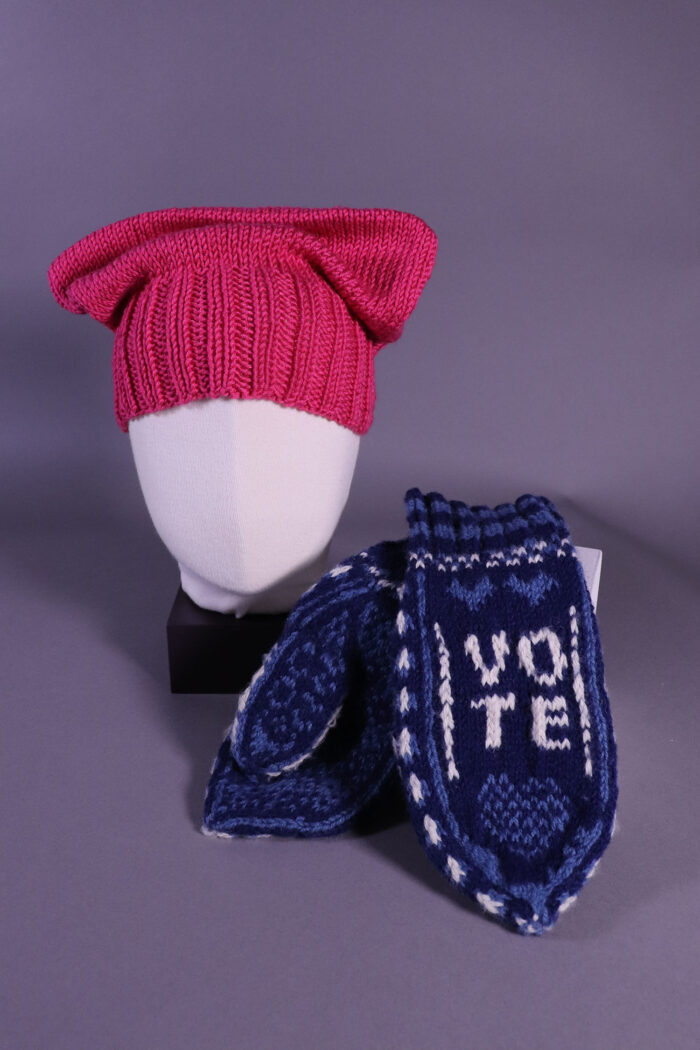
The exhibition features more than 100 objects, including those shown in the images above and below, as well as men’s clothing, quilts through the centuries, reception dresses, cotton night caps, housewares, and sewing tools.
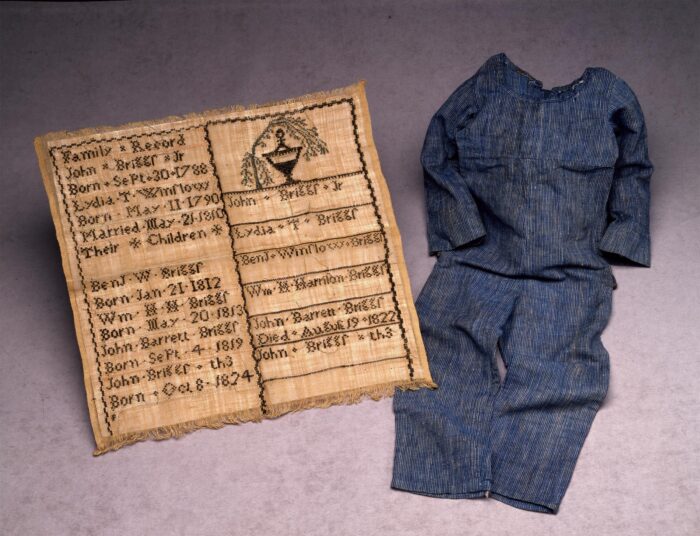
Interactive Activities
If you’re looking for a hands-on activity, you’re in luck. The interactive portion of the exhibition enables you to make your own sampler bookmark. The museum offers a rectangle of perforated paper with embroidery thread on tapestry needles for the dexterous—and some plastic gridded squares, along with larger needles, and yarn for those who’d like an easier way to make the bookmark. All exhibition visitors are welcome to make one.
In addition to this activity, the DAR Museum offers programs on Saturdays where educators help visitors make those sampler bookmarks. Additional craft opportunities happen throughout the year, so be sure to check their web site before your visit. You don’t want to miss a thing!
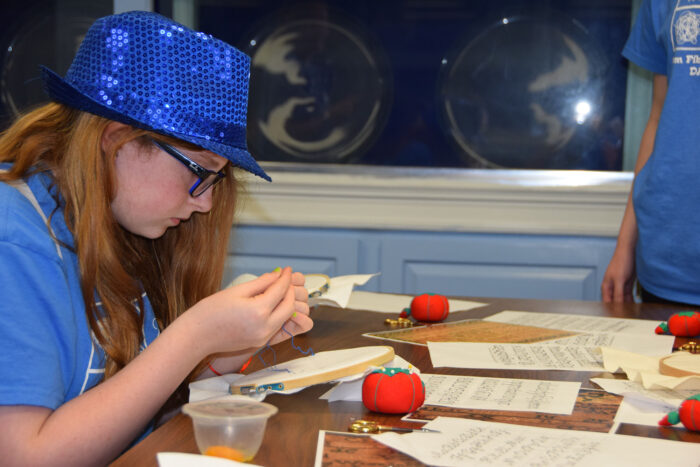
Plan Your Visit
The DAR Museum’s Sewn in America exhibition is on view now through December 31, 2024. For more information and to plan your visit, check out the DAR Museum’s website. Don’t miss this chance to immerse yourself in the world of sewing and discover how this timeless craft has shaped and reflected American society.
Also be sure to check out curator O’Brien’s formal presentation of the exhibit at noon August 13, 2024, in person at the DAR Museum or online. For more information and to register, go to the DAR Calendar of Events.






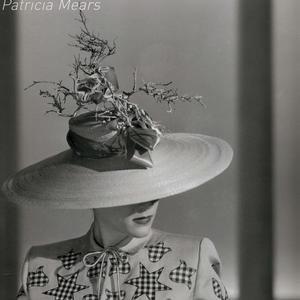







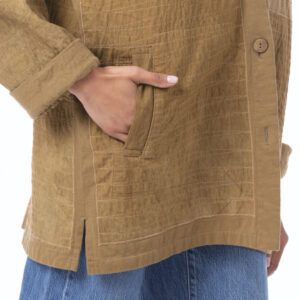

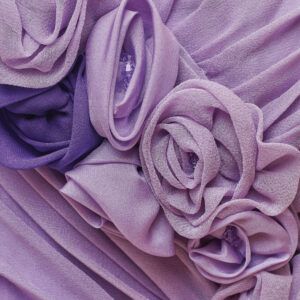

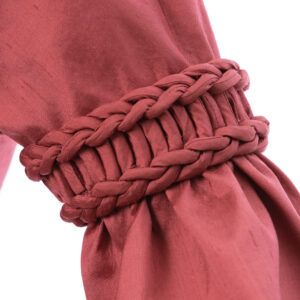

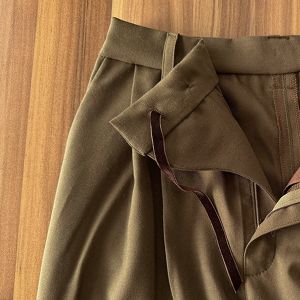














Log in or create an account to post a comment.
Sign up Log in